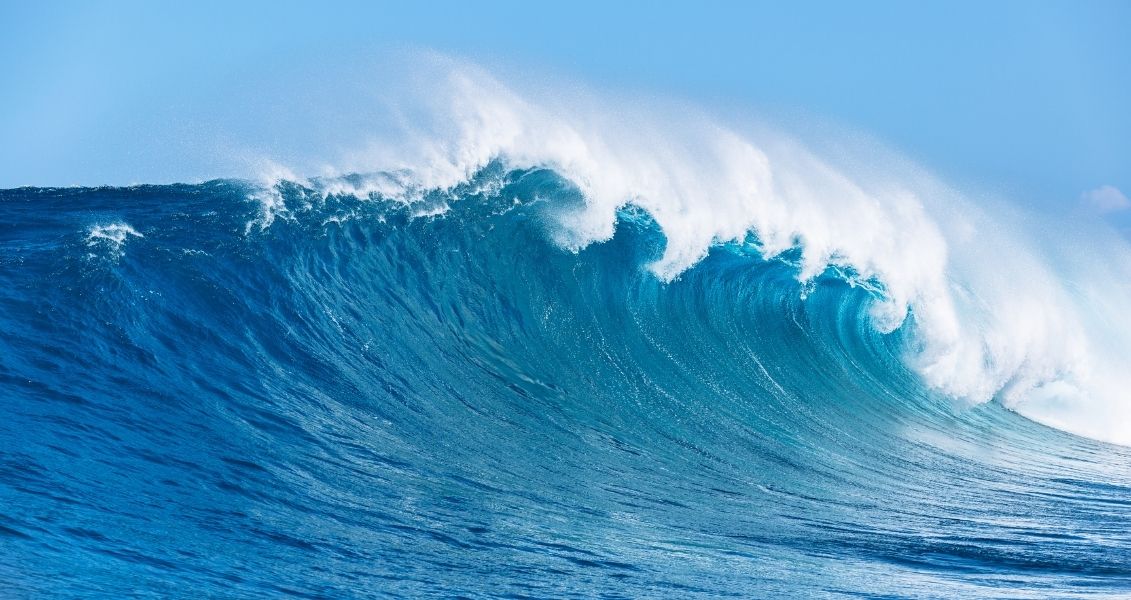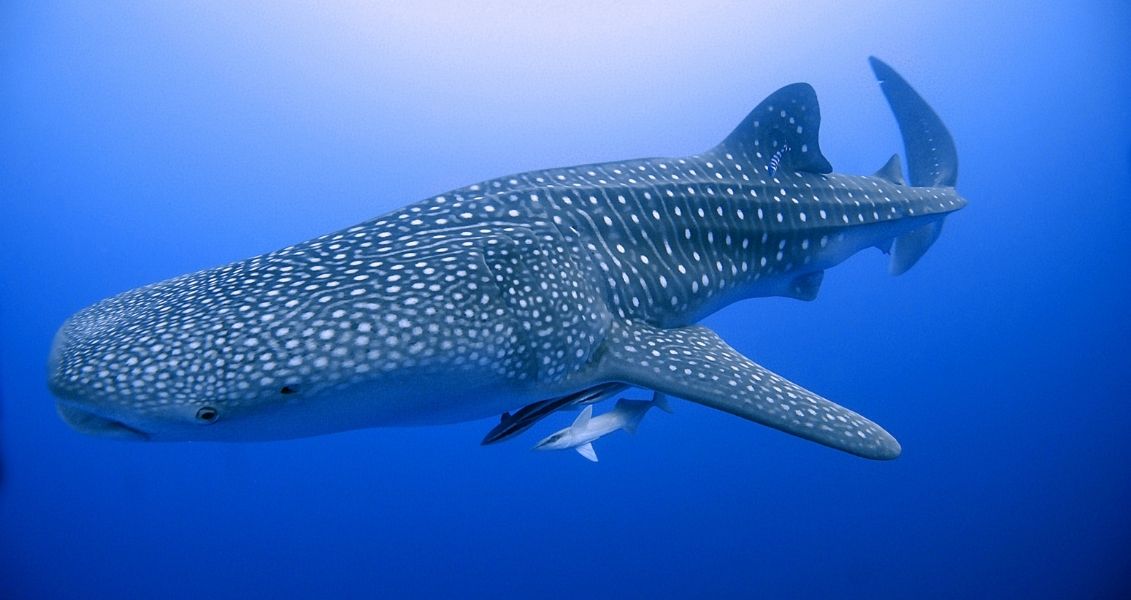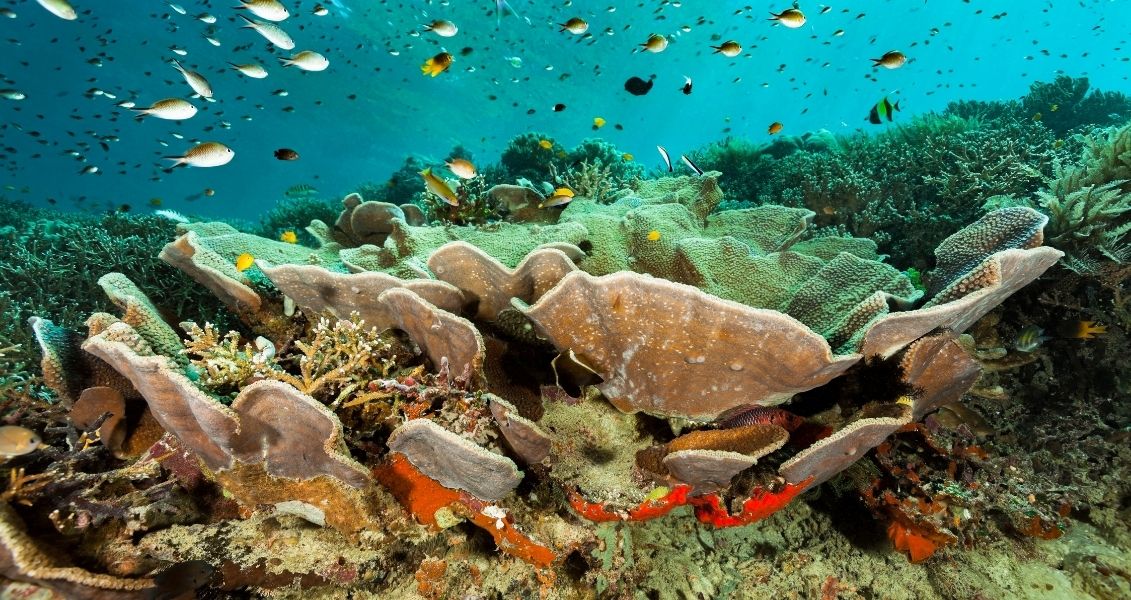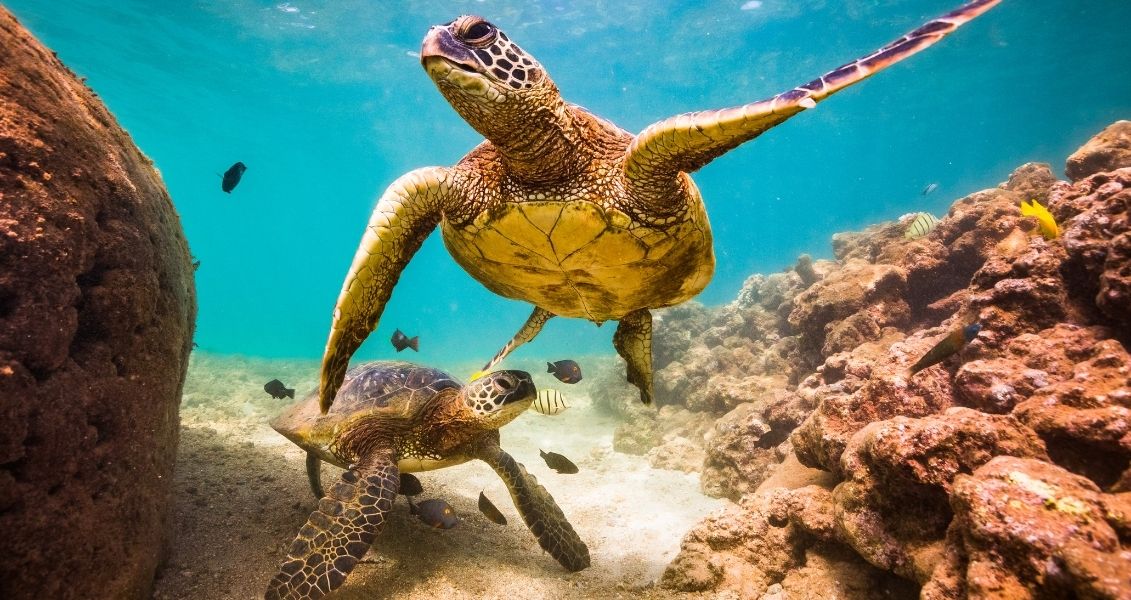Sharks live in most places in the ocean. They can be found in the deep sea, on tropical coral reefs and even under arctic sea ice.
Through their evolution, sharks have transformed our oceans into the rich environment we know today. As predators at the top of the food chain, sharks play an important role in the ecosystem, supporting species below them in the food chain, helping to get rid of the weak and sick, helping to maintain ocean populations. To Shark Awareness Day we bring you our interesting facts about sharks.
- Sharks have already existed nearby 450 million years ago. The oldest tree, for example, appeared about 350 million years ago. Sharks are not only older than trees, but are also one of the few animals that have survived four out of five mass extinctions.
- Even 20 million years ago, megalodon dominated the oceans. It was a close relative of the modern great white shark. Judging by the fossils, it was the size from 15 to 18 meters and weighed more than 25 tons, so the great white shark seems tiny compared to it (6 meters long and 2.2 tons)!
- Some sharks glow in the dark. In 2014, scientists discovered that catsharks communicate with each other by producing glowing light with their skin in patterns that are unique to each species and even sex. Invisible to the naked eye, fluorescent green spots can be seen through a blue filter. In 2019, a team of researchers learned how these sharks create this effect: “molecules inside their scales affect how the shark’s skin interacts with light, reflecting blue photons and sending out green light.”
- Sharks are not necessarily big and scary. On the one hand we have the whale shark, the length of which can reach 12 meters, and on the other – pygmy lamprey sharkwhich can fit in the palm of your hand.
- Research conducted in 2017 showed that sharks play a key role in regulating the health of coral reefs. A large number of sharks live on healthier reefs. As sharks control medium-sized predators, this allows smaller reef fish to take care of the coral.
- The T-shaped head of the hammerhead shark allows sharks see 360 degrees and have outstanding depth perception.
- With a lack of oxygen, the predator can “turn off” part of the braingoing into anabiosis to conserve energy.
- Sharks have a low blood flow efficiency, so they you have to constantly move is a kind of natural stimulation of the cardiac muscle apparatus. This is how sharks help their heart to pump blood throughout the body.
- To reduce resistance when moving in the water column, the entire scale of the shark’s skin lubricated with a special fatty secretion.
- In the waters of Greenland, scientists discovered sharks in which “glowing eyes” – this is explained by parasitic clinging crustaceans, which can actually glow in the dark layers of water. Scientists tend to think that such “flashlights” can attract its victims to the shark.
- Pelagic species of sharks – great white, blue and mako – belong to warm-blooded species. They can “warm up” their blood with intense muscle strain while moving up to 11 degrees of water difference.
- A shark tail fin in one motion creates two whirlwinds, which significantly accelerates the course of the predator and facilitates its movement. Scientists intend to study double vortices in sharks with the aim of introducing them into biomechanical developments.
- Sharks are prone to food fever. During attacks of predator aggression can even attack boatsinedible objects, their fellows, jump out of the water and tear apart everything that is nearby.
- A shark can “suffocate“, if you pull her by the tail for a while. With such a reverse movement, the flow of water through the gills decreases. This technique is sometimes used by shark fishermen.
- The shark navigates well in space. There are known cases when a predator could swim several tens of kilometers along an absolute straight line. Sharks are served as a “compass” by unique receptors – ampoules of Lorenzina, which respond to the Earth’s electromagnetic field.
- A shark’s eye differs from a human’s by the frequency of perception: for us it is 24 frames per second, for sharks – 45 frames.
- The eye of the shark is capable distinguish the color range. This fairly new discovery disproves the theory of monochrome vision in sharks.
- Quality of vision of sharks 10 times higher than human and several times – feline.
- A shark can hear not only with its ears (they are located right behind its eyes), but also with all its ears skull.
- A known fact double shark attack to the same person. The first time, the predator bit off the leg of a swimmer from Australia, and the second time, the prosthesis that was put in place of this leg! (The events of 1967-1968)
- World statistics annually records 5-10 cases of shark attacks, which are aimed at ships. There are known cases when sharks, breaking through the sides of ships, got stuck in them.
- One of the factors that make sharks attack inedible objects is their excessive curiosity: a cat sniffs an unknown object, and a shark bites it.
- The largest among all sharks is the whale shark – absolutely safe for humans. August 30 is even celebrated as International Whale Shark Day – read an interesting article about this day. 🤓
- A whale shark needs 100-200 kg of plankton dailywhich is only 0.6% to 1.3% of its own weight.
- But the speed of movement of a huge whale shark is low – only about 5 km/h.
- One of the popular attractions on oceanic tourist beaches – swimming and riding whale sharks.
- It helps the polar shark not to freeze in the icy waters of the Arctic”natural antifreeze” – the predator’s tissues contain ammonia from its urine (nitrogen trimethylamine).
- The polar shark is a long-lived shark. She lives about 200 yearswhich is explained by the slowed down metabolism.
- The polar shark has neither kidneys nor genitourinary organs. She has all discharges through the skin.
- A shark can die from hedgehog fish, if accidentally swallowed. A small fish “dissects” all the entrails, which leads to the death of the shark.
- A small northern shark, on average, weighs about 60 kg, but in a day it eats about 30 kg of fish, i.e. half of its own weight.
- A shark does not have a single bone in its body (except teeth), and the skeleton consists of cartilage.
- The solution of the gastric juice of a shark can take several months digest a metal object.
- A shark, unlike other fish, does not have a swim bladder. She stays afloat thanks to her large liver.
- Sharks are able to reproduce by parthenogenesis – that is females can produce healthy offspring in the absence of males.
More interesting facts on our “Planet of Facts” in Telegram. Join in!
It was interesting❓ Share with your friends! 👇



































